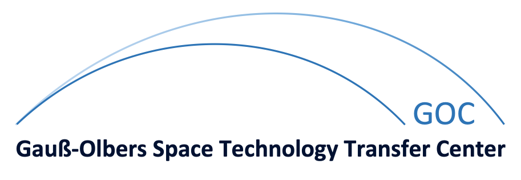Adaptive Filteralgorithmen für die Kompensation akustischer Echos
| Betreuer: | Stefan Goetze |
| Art der Arbeit: | Studienarbeit (Dipl.) |
| Arbeit beendet: | 07/2008 |
| Bearbeiter: | Matthias Brandt |
| Status: | abgeschlossen |
| ANT-Signatur: | S-7/08-1 |
| Kurzfassung: | One important prerequisite for designing non-adaptive filters is a priori information about the statistics of the signals that are to be processed. The resulting system will perform optimum – in a certain, statistical kind of way – as long as the environment (i.e. the signals’ statistics) meets the design specifications. Of course, this approach leads to problems if the statistics of the signals the filter is fed with don’t exactly match the a-priori information. Then, the system will no longer perform optimal. Furthermore, there may be cases where knowledge about the relevant signals is not available at all. In these cases, so-called adaptive filtering algorithms may provide significant improvement in performance over the use of fixed, non-adaptive filters. These filters are self-designing by means of adapting themselves to varying environments, based on a recursive algorithm. Because of this learning – or tracking – capability, they are especially well-suited for use in nonstationary environments. This work is a comparison of some important types of adaptive filtering algorithms. These algorithms, often simply called adaptive filters, have a vast field of application in modern signal processing, e.g. [Zak05] • adaptive equalization • speech coding • adaptive spectrum analysis • adaptive beamforming in a variety of forms of appearance, from the medical sector to seismic analysis. In speech processing applications, adaptive filters play an important role, too. Hence, to illustrate some theoretically derived results in another, maybe more comprehensible way, an acoustic echo cancellation simulation is presented. In the end, the reader is hoped to having conceived some clues about which type of adaptive filtering algorithm best suits a certain situation, with an overview about connected issues that have to be taken care of. |







